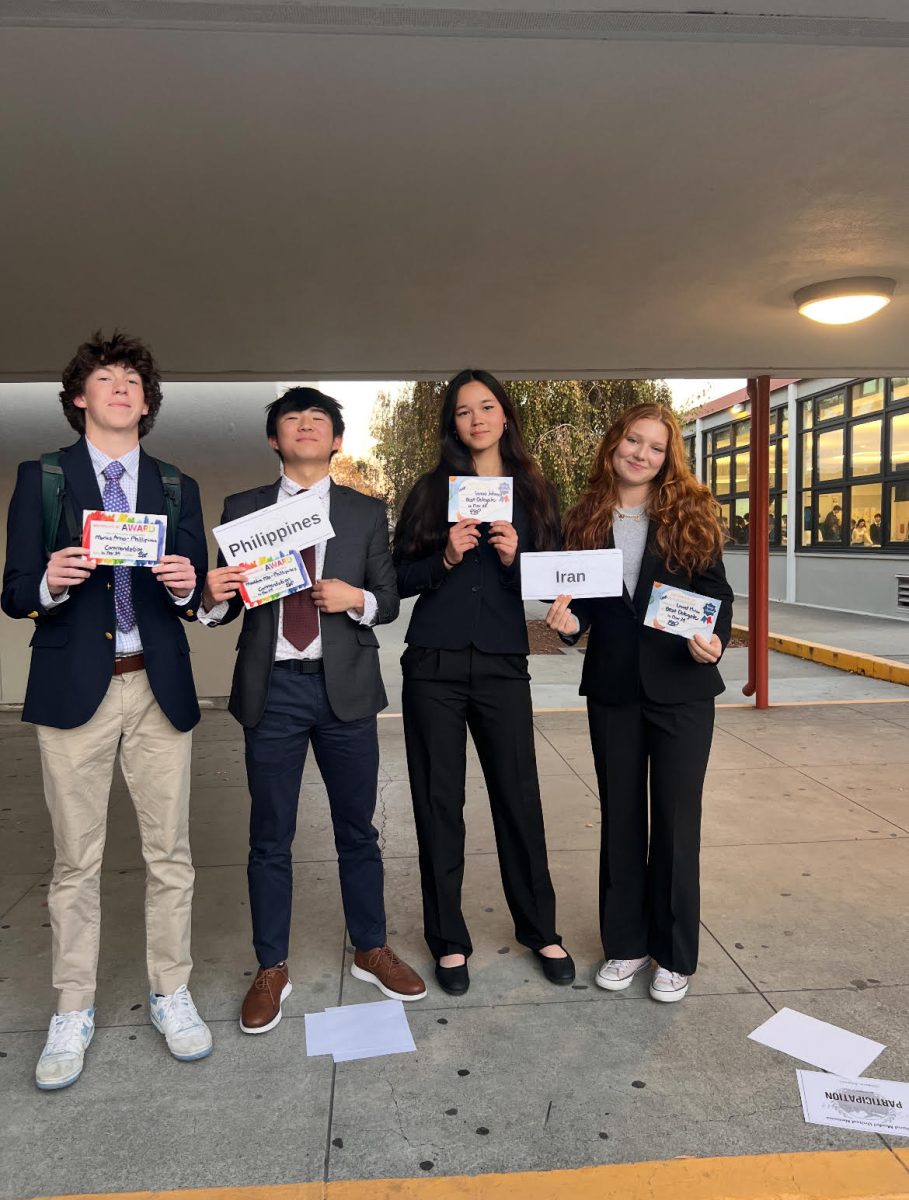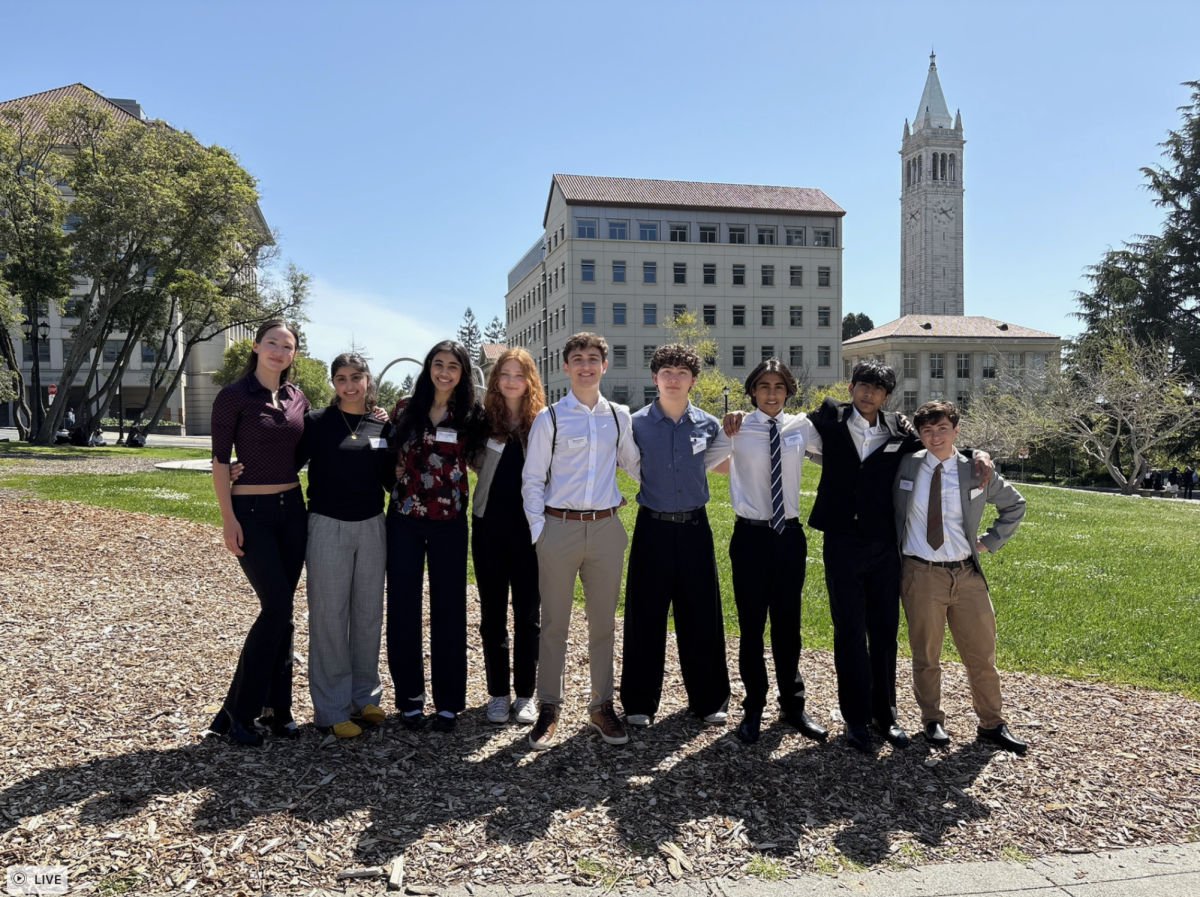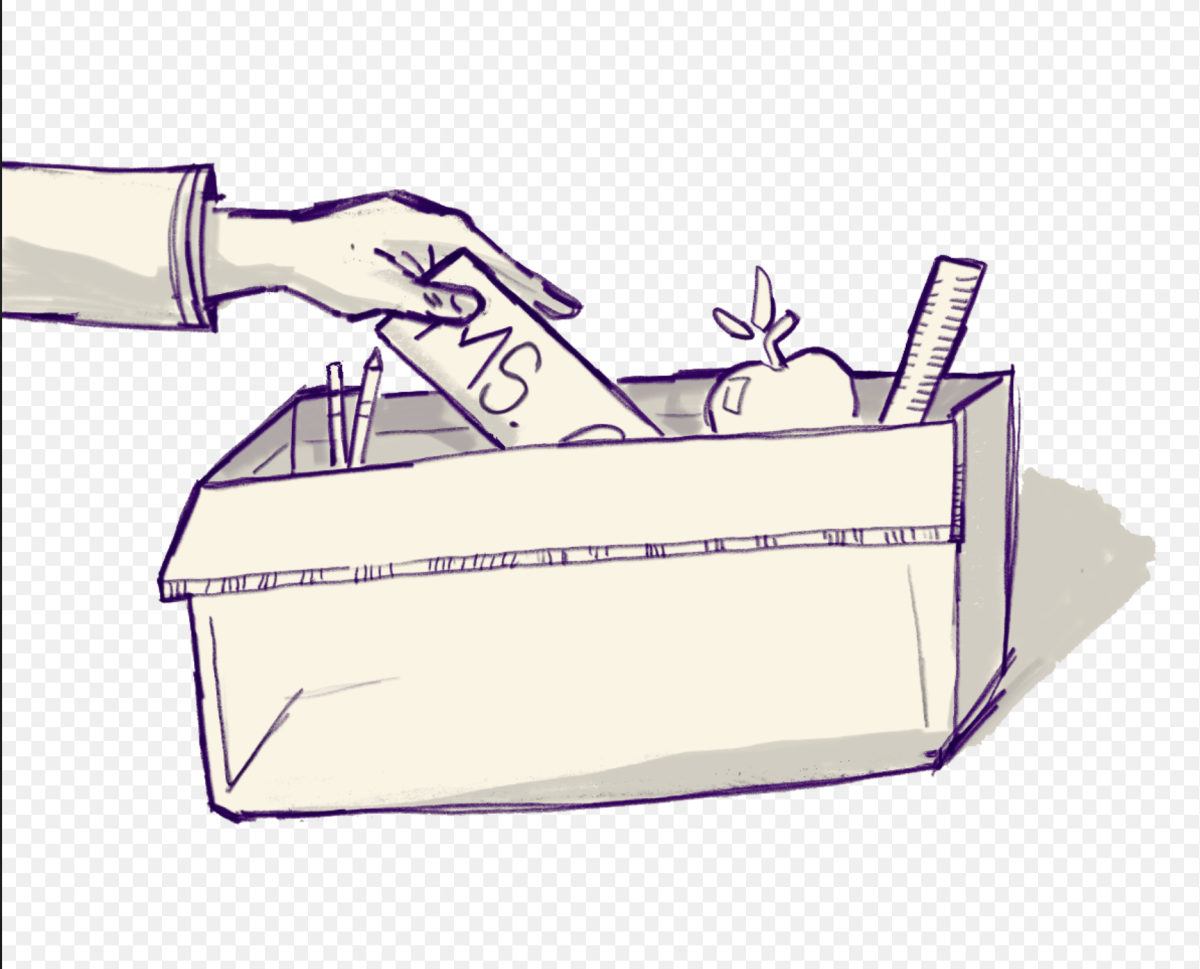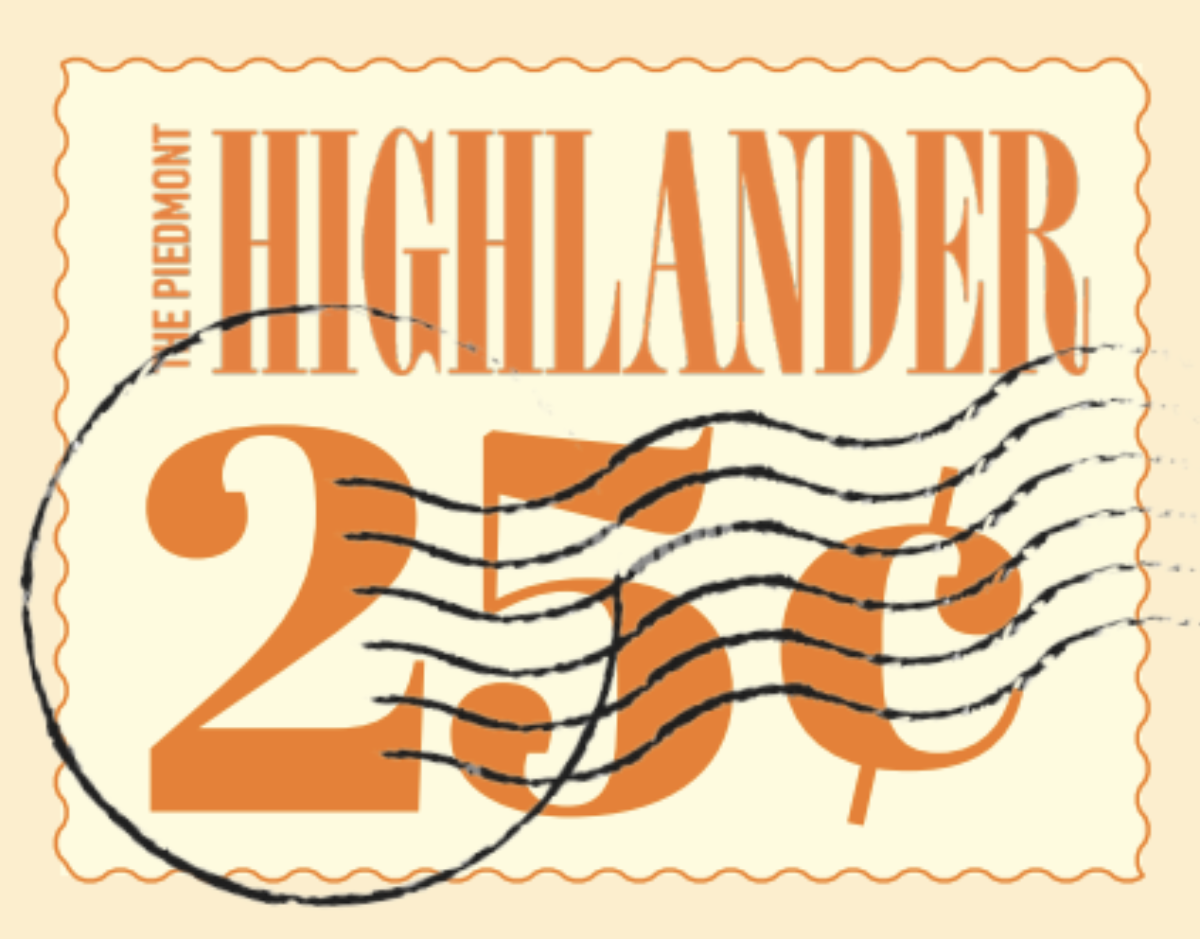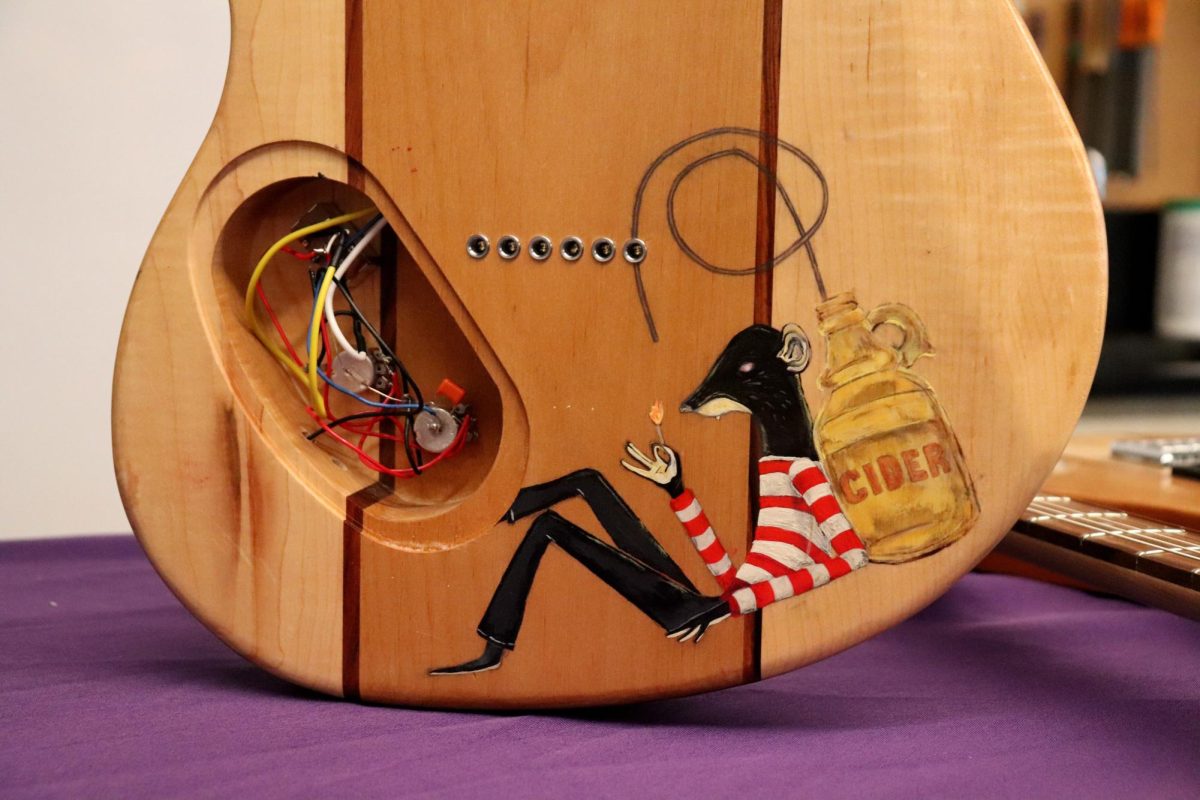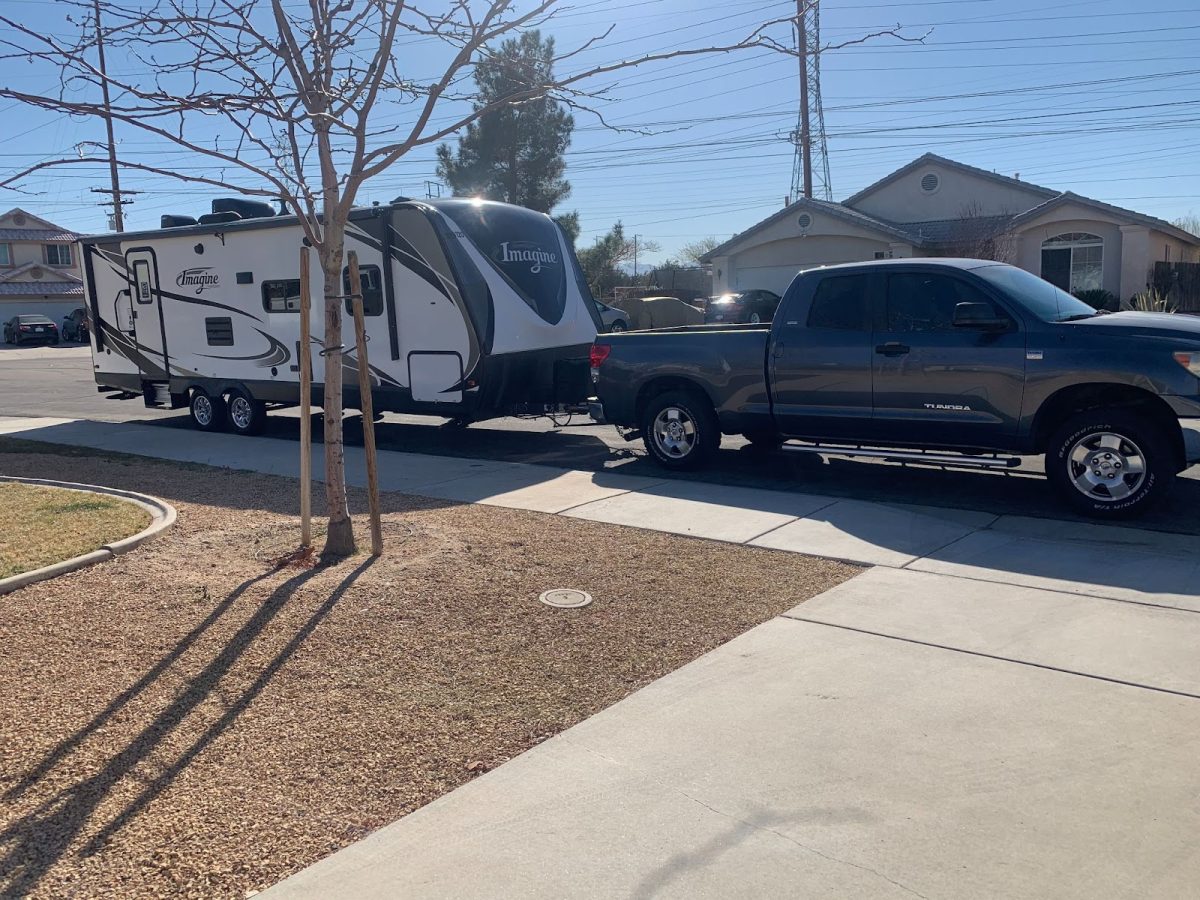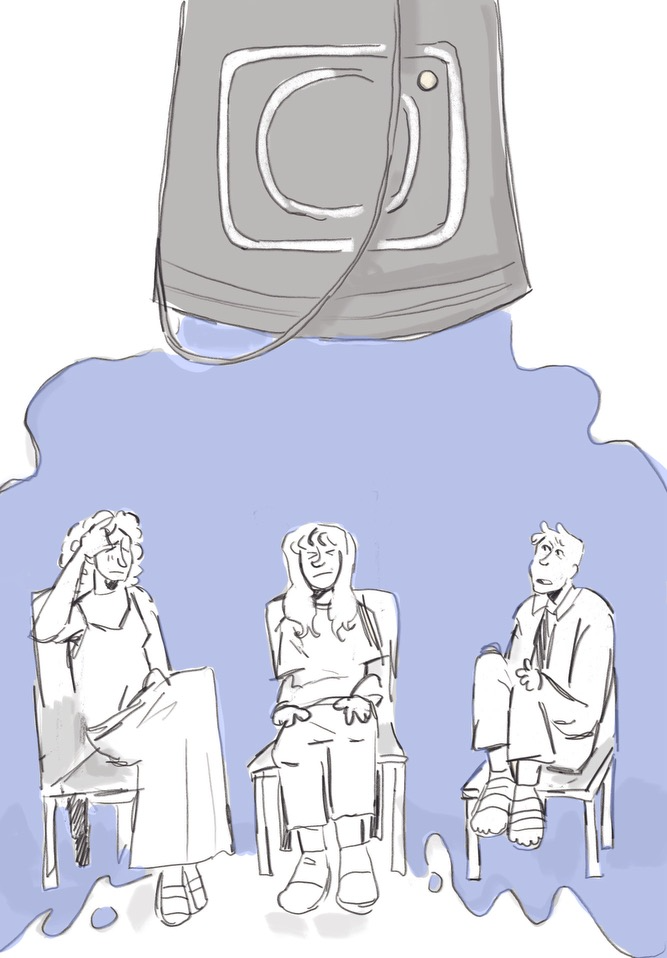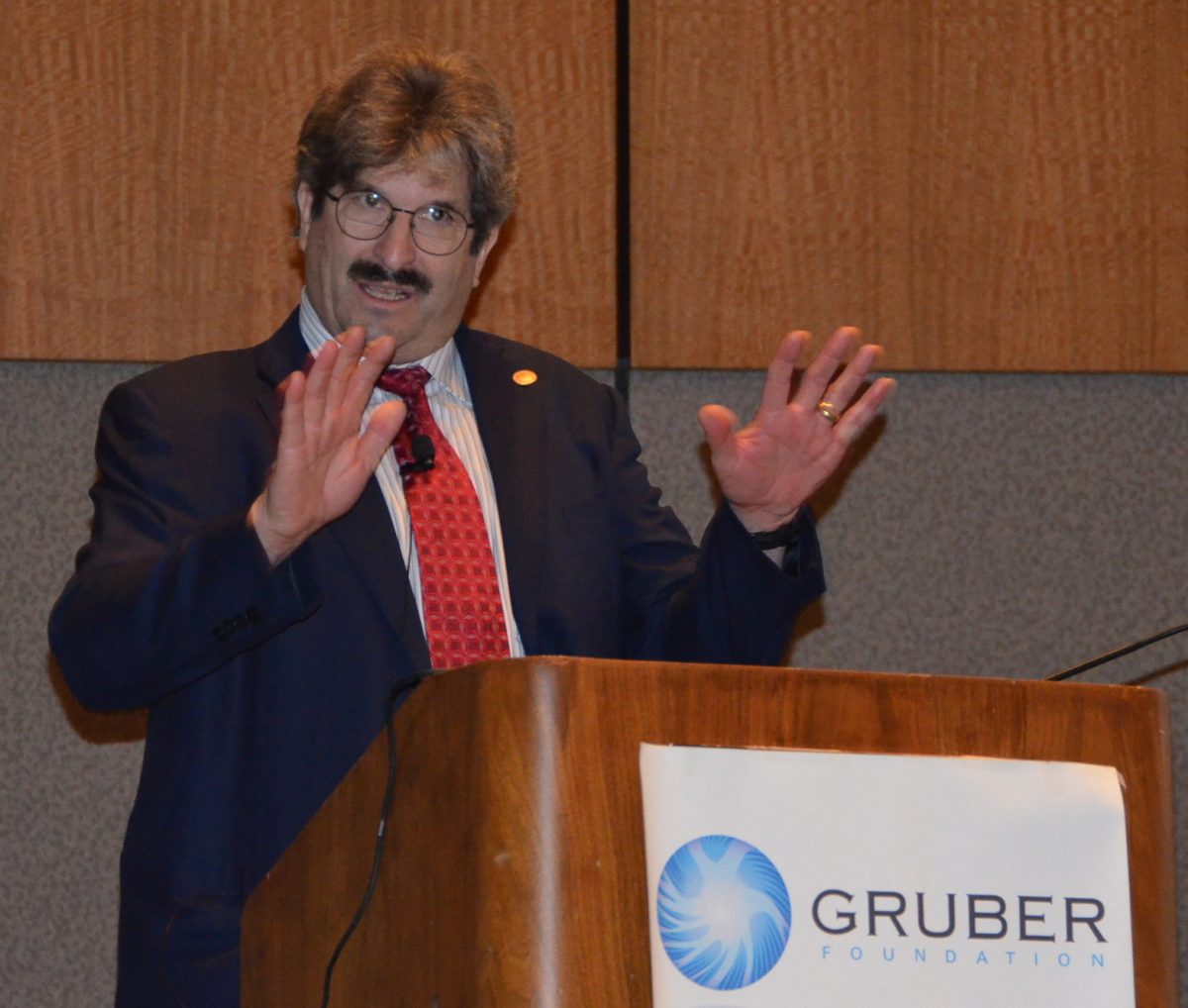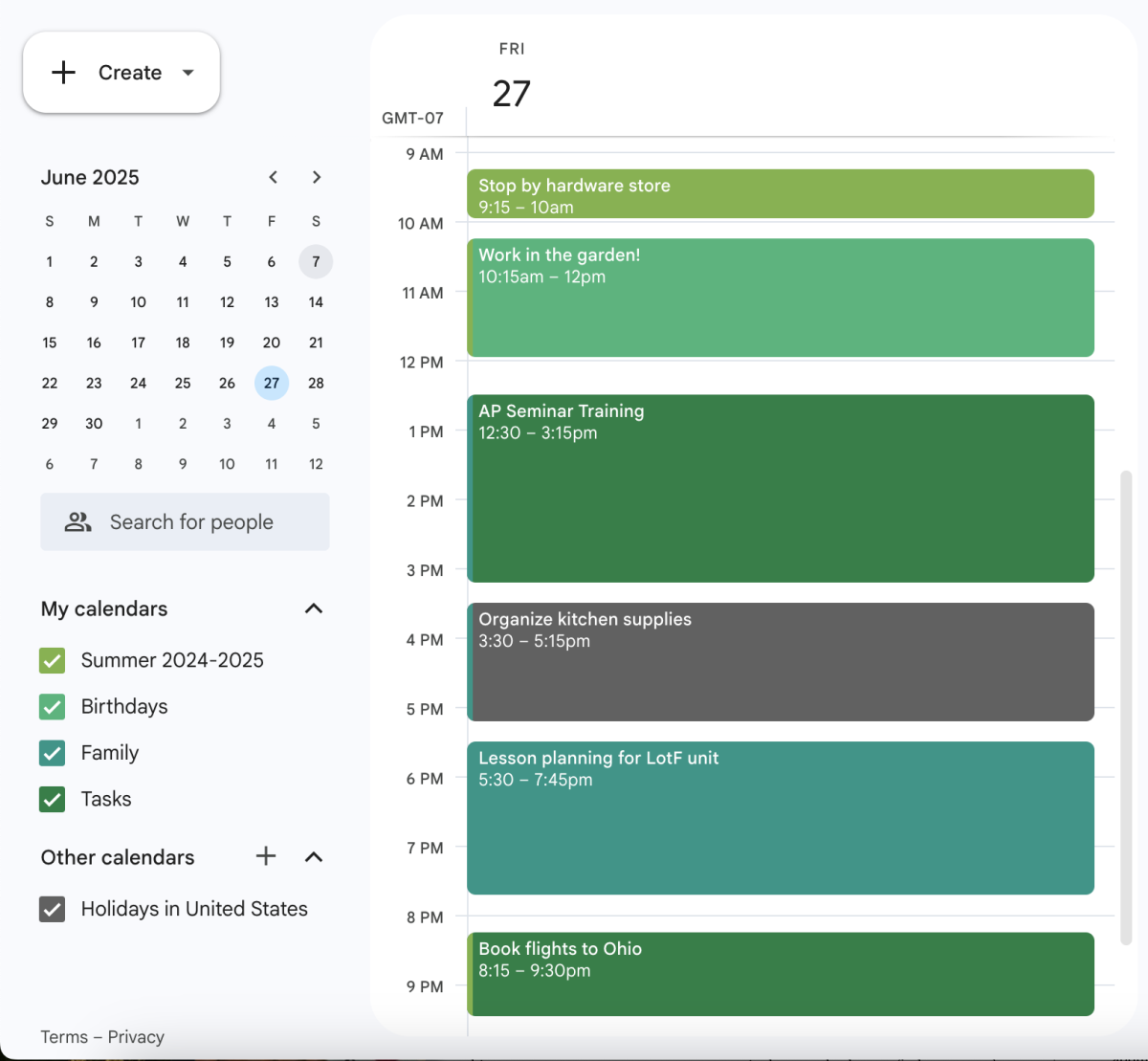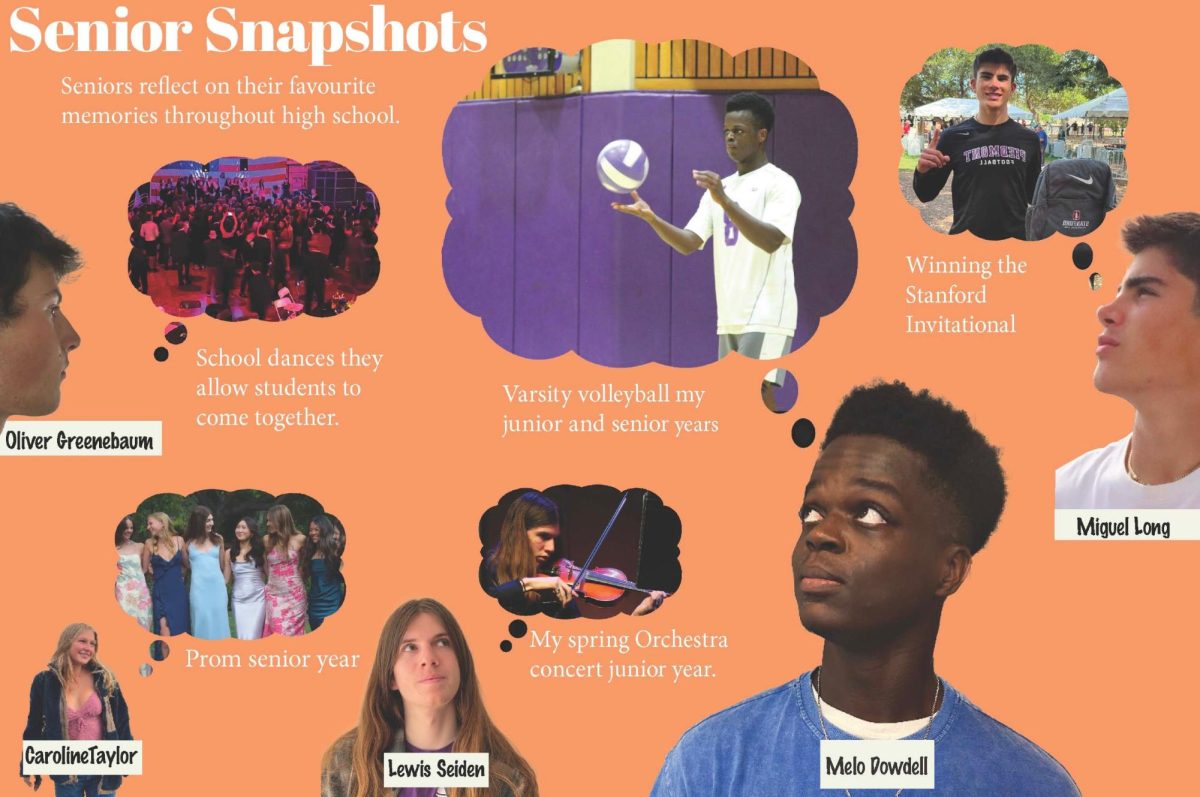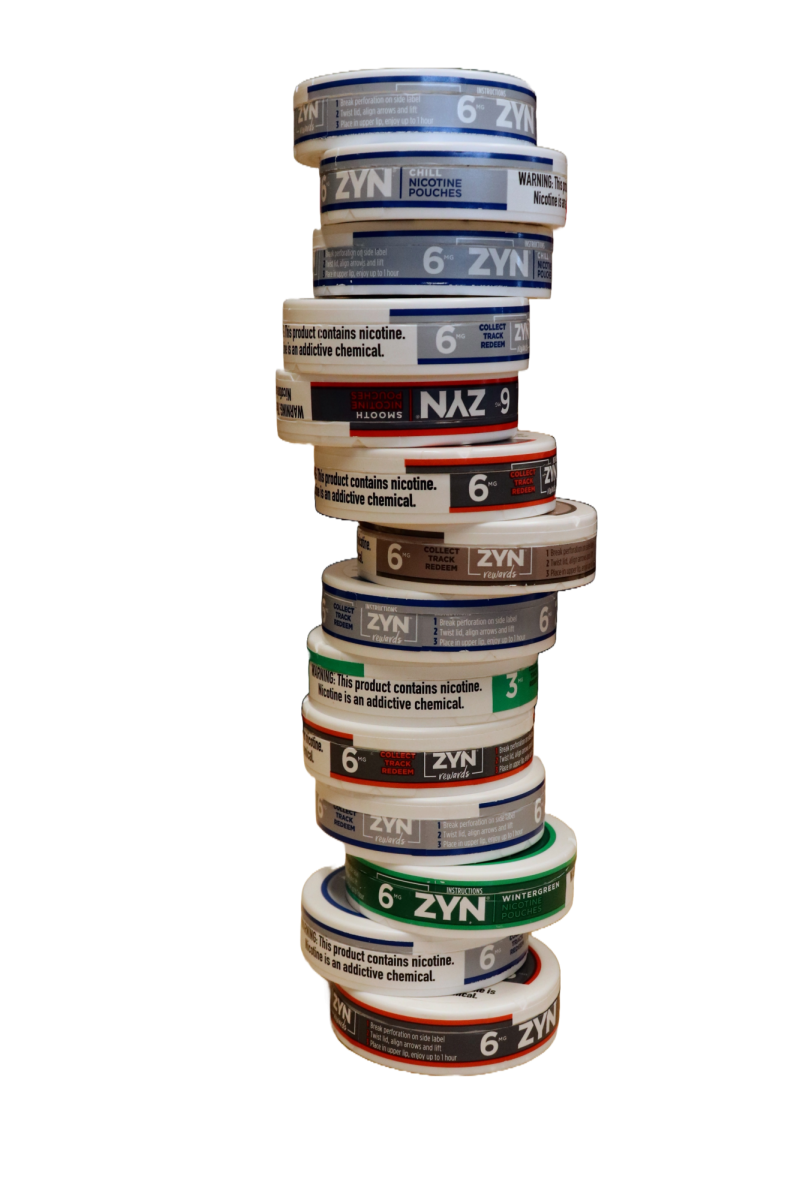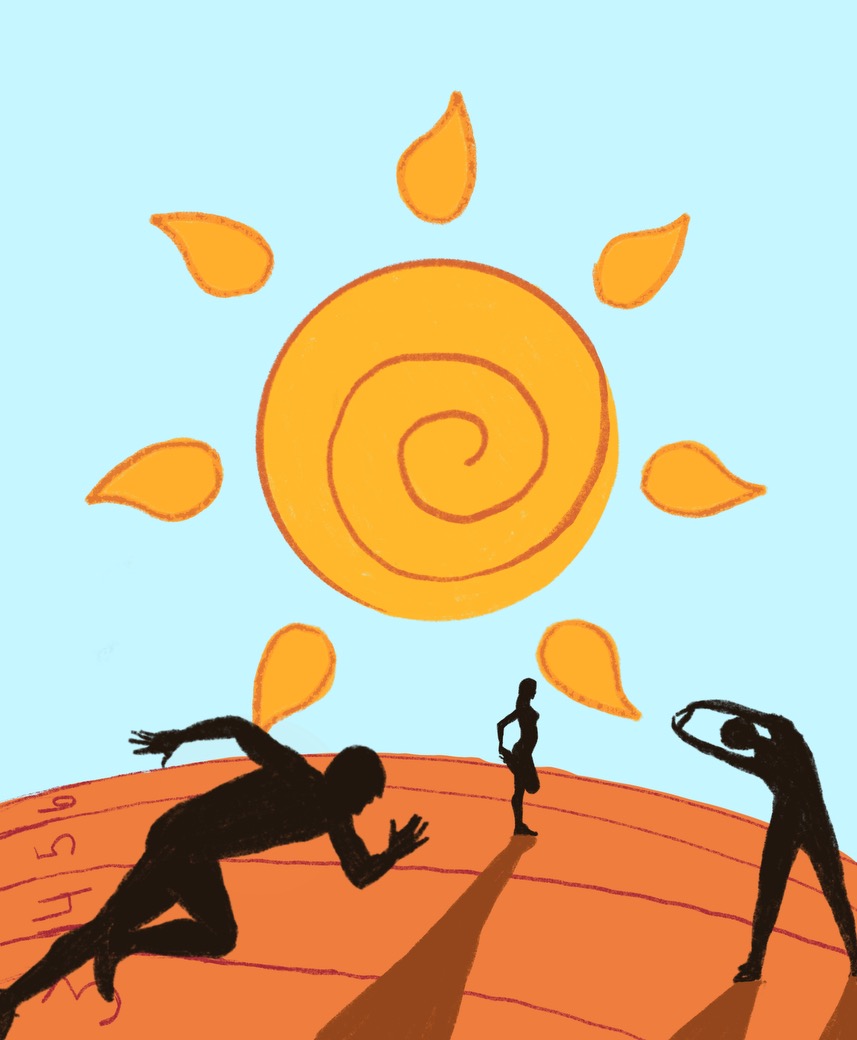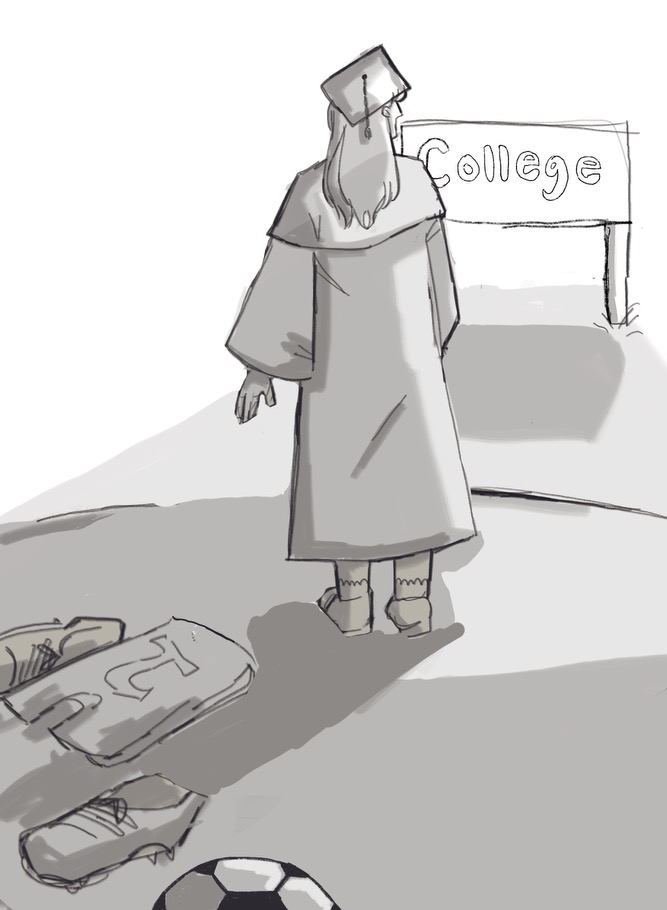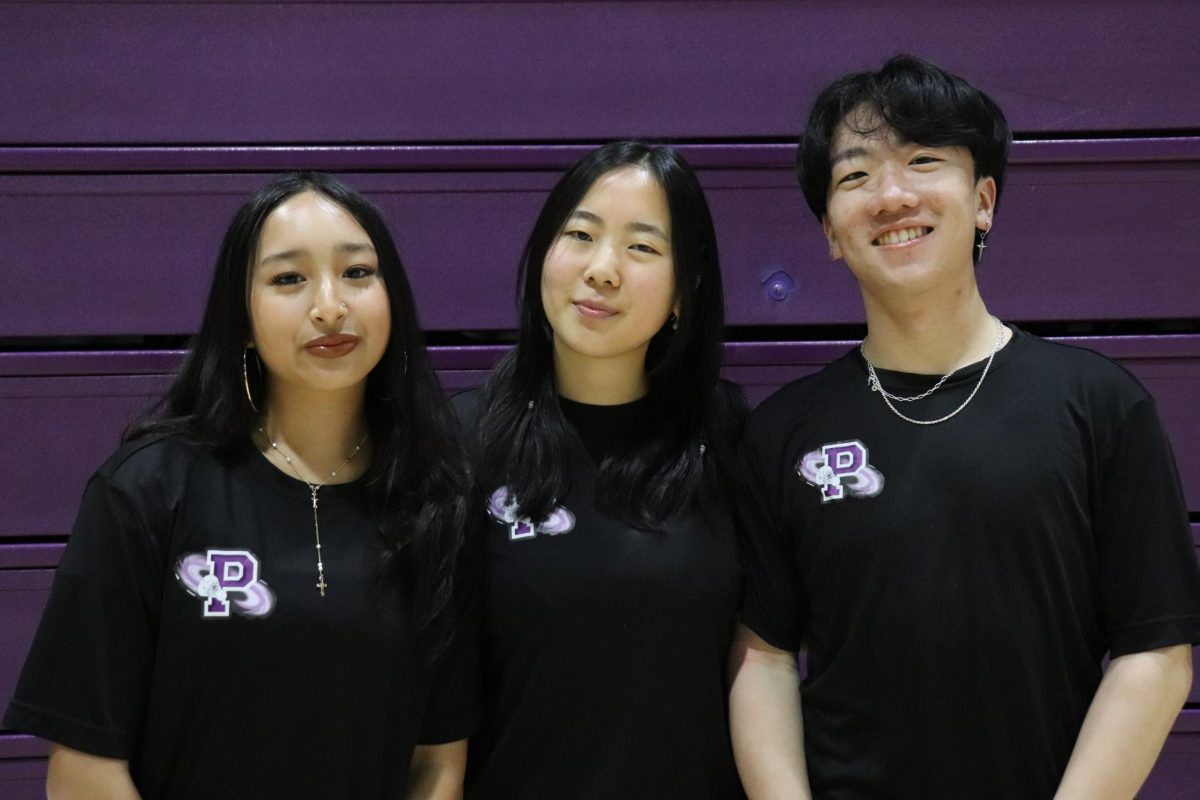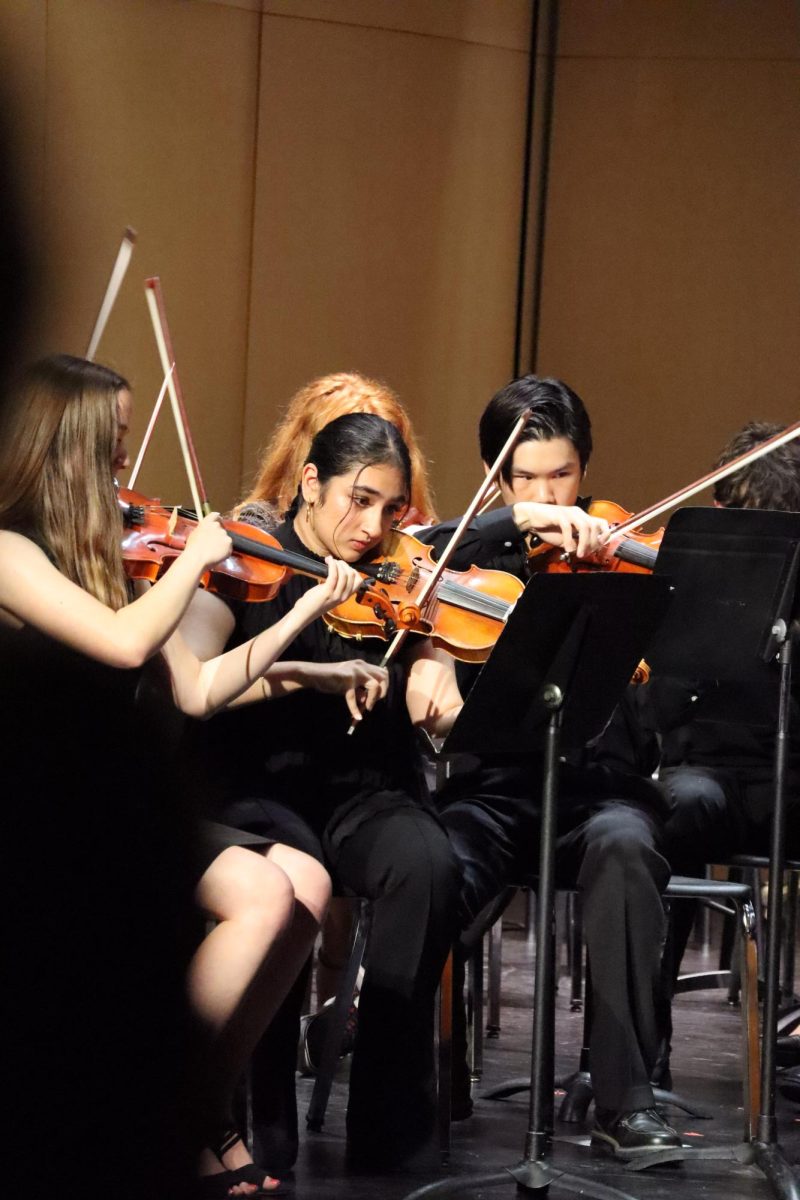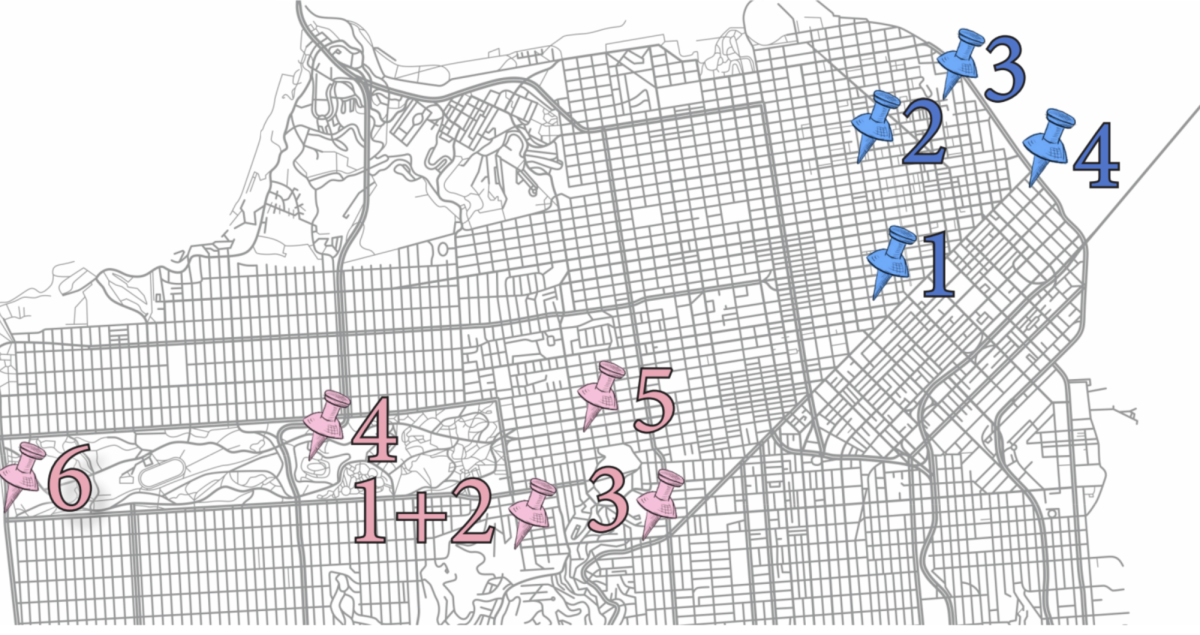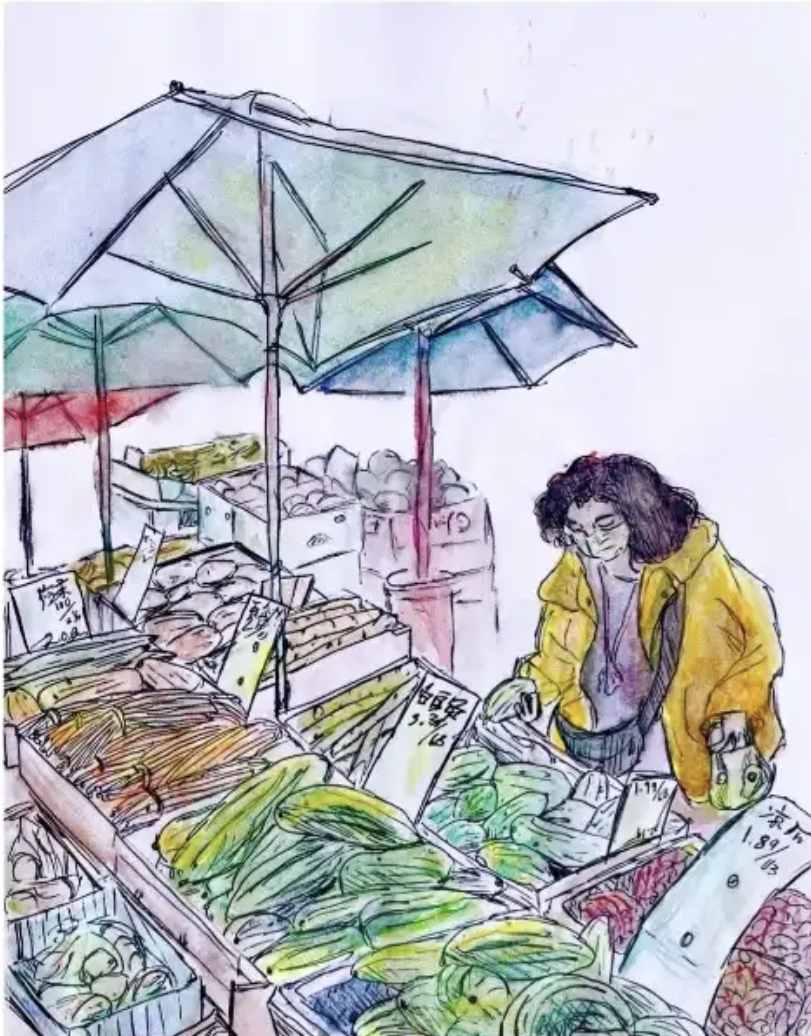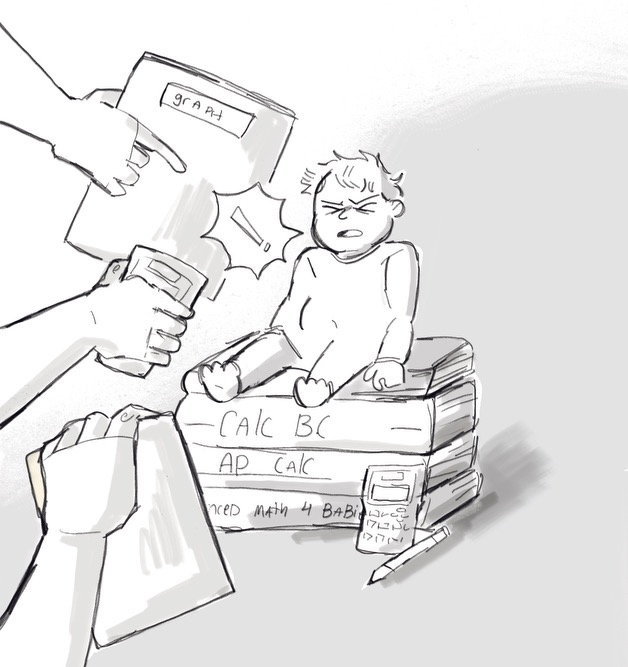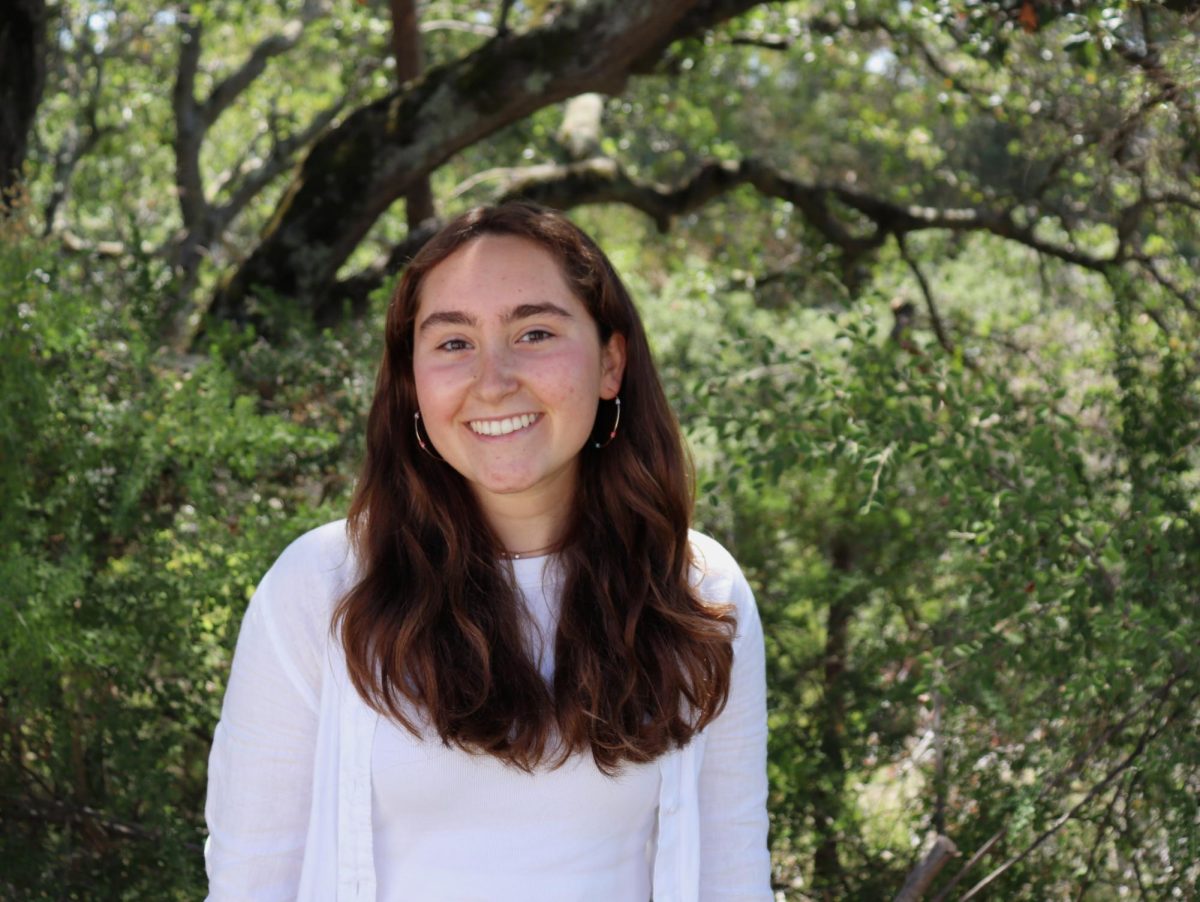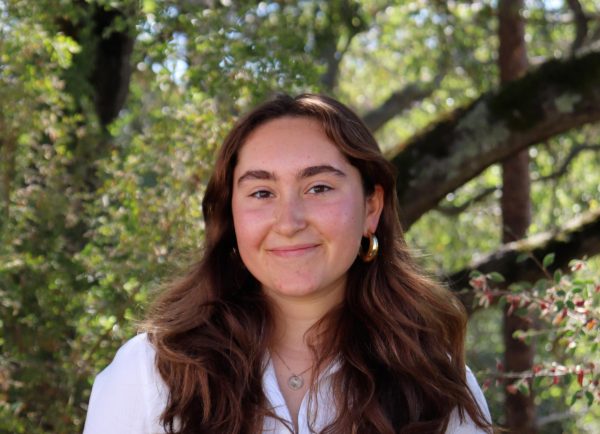A classic school activity: visiting the Academy of Sciences, the Exploratorium, the Oakland Zoo. During my last field trip, in seventh grade, we went to San Francisco’s Chinatown and visited a fortune cookie factory. Then, COVID-19 hit.
When I started high school, I had hoped that field trips would resume, but to my surprise, they haven’t. Field trips need to return to Piedmont High School for the benefit of the students.
Some of my best memories from elementary school are being immersed in new experiences and environments. I remember the excitement of getting our groups and hoping my friends would be in mine. The anxious energy of our teachers as they watched over 20 elementary school students on BART. Eating lunch at Ocean Beach and talking with my friends I’d grown up with outside of our normal school day.
While taking notes in class is a great part of our normal routine, if teachers truly want students to retain what they are teaching, we should put those notes into action outside of the classroom. (To be fair, I do really enjoy taking notes, but there is nothing like going outside and actually seeing the concepts we are learning.)
Immersive learning can positively impact students because they help inspire deeper thinking. NEA Member Benefits, an organization created to support teachers and educators, conducted a study about the perks of field trips. According to the study, out of 400 adults, 89 percent said instructional trips had a positive lasting effect on their curiosity and interest in learning in and out of school. These trips can help students look beyond high school, sparking interest in potential careers.
I remember when my third grade class went on a field trip to Public Works. We were able to ride in some of their equipment and plant different plants in wooden pots we put together. I remember learning and watching our docent explain to us how Public Works examine the sewage underneath the manhole covers with different cameras. I really liked being able to have a better understanding of how the city I lived in worked and functioned.
Field trips are also a great way to bond a class. Between transportation, lunch, and generally being in a new setting, these experiences allow everyone in the class to connect to each other about their ideas and broader topics.
So here is what I propose to have more frequent, less stressful, and quality field trips.
1. PHS faculty should agree to make field trips a standard piece of the high school experience.
As a collective, teachers should consider embedding immersive experiences in their classes with the goal of creating a field trip “playbook” to make planning more efficient.
2. Set up a system to help with stress of logistics.
When talking to the Chair of the Social Studies Department, Allison Cota, she said that learning outside the classroom is a great way to learn and take advantage of the resources and opportunities in the Bay Area. However, she wanted to note that the logistics of a field trip take up a lot of time and effort from teachers. If there is a universal system that all teachers have in place, there won’t have to be questions and major stress about starting to plan a trip. If there are structures in place, even a year before the actual trip, there will be less burden in the moment for teachers. There will already be solutions for how to coordinate transportation, budgeting money and time, and how to effectively help students with make-up work for other classes. If there were a standard “playbook”, it would allow for templates to be created so teachers could take advantage of and adapt, if they wanted the extra resource.
Cota’s Washington D.C. trip in the spring works because she has done it over 22 times; she has worked through the details so she just has to worry about students signing up and not the logistics.
Similarly, Beth Black has led the New York trip with the Journalism class so many times that she doesn’t worry about some of the details because she just uses the same arrangements as the previous years.
3. Once the trips have been planned, put the trips into the course outline to draw student interest in advance.
When students are selecting their classes for the next year, possible field trips are factors of which ones they chose. In particular, geology and other field sciences classes attract a lot of students because of all of the planned and potential field trips listed in the course description.
Science teacher Andrew Willats is known for taking the students in his field science classes on a lot of excursions, which spurs interest in his classes. From frequent visits to Piedmont Park’s creek to a day at Point Reyes, Willats said seeing concepts in the wild is the best way for students to actually understand what they are learning.
I could imagine that each high school year or particular classes could have specific trips based on the curriculum. For example, math classes could visit the Chabot Space and Science Museum to look at real life calculations or sophomore English students could go to a museum in Oakland or San Francisco which exhibits African artifacts as they read Things Fall Apart.
4. Get students involved
Students could take the chance to get involved with the planning. In class, let’s facilitate discussions about potential opportunities for trips and make it into an activity. Whether it’s working to create argumentative statements, researching possible places to visit, or just beginning ideas into class, field trips can become an activity in and out of class. There could also be a student-led group on campus that helps explore and create options for possible field trips that could also be a resource for teachers.
Yes, kids and teachers are busier than ever, but we must prioritize trips that are centered on learning! Teachers could modify their lessons to be able to teach while at a museum or paired with an experience. The planned out time in class doesn’t have to be lost simply because we aren’t at our desks without notebooks, it can be adapted so that we will still learn, just in a different way. Yes, there might be make-up work for both students and teachers, but it should be worthwhile for everyone; teachers are getting students interested in different fields of knowledge and students get a switch up from the traditional academic routine.
By integrating more field trips into our curriculum, we can be out in our community, engaging and enriching our understanding, and localizing our lessons.
